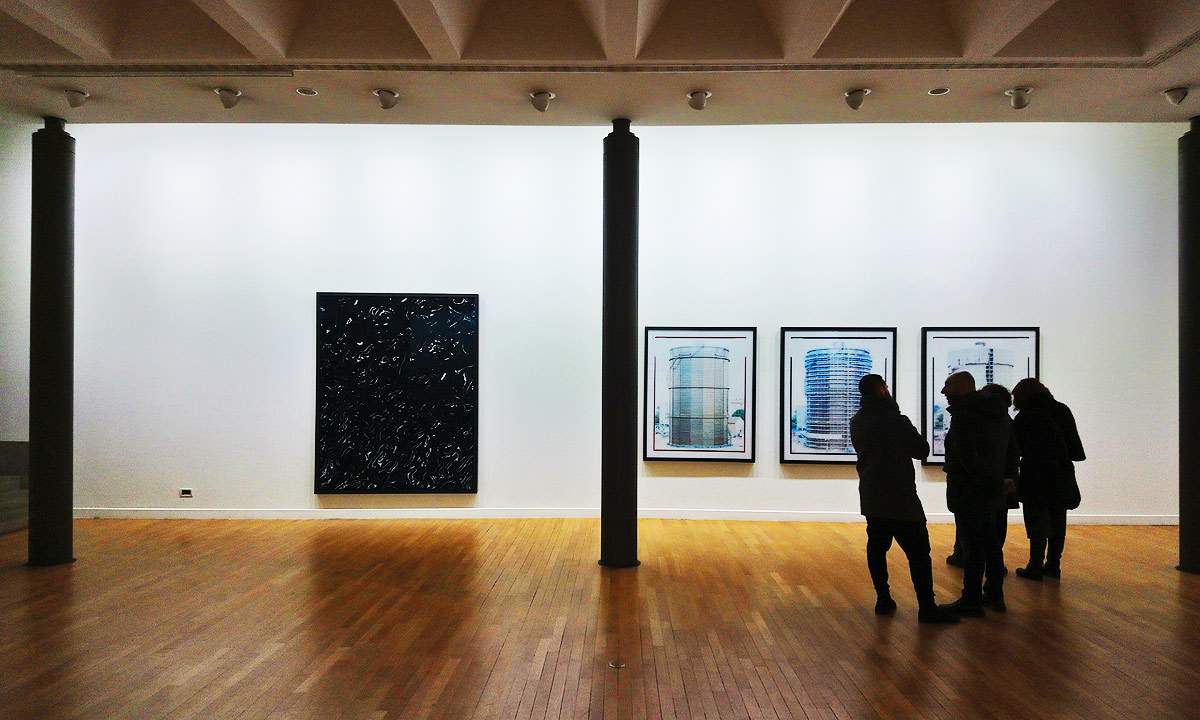The Federculture Report 2019 was presented yesterday in Rome, which, in addition to examining the cultural issues of the past year, on the occasion of its 15th anniversary analyzed cultural consumption in the decade 2008-2018. The figure that immediately jumps out is the serious loss of public resources in culture (by municipalities, regions, provinces): 700 million euros have been lost in ten years. In 2008, the total public spending (state, municipalities, provinces, and regions) was about 6.5 billion euros, reduced to 5 billion 849 million euros. Going into detail, state spending has increased (from 2,116 million in 2008 to 2,428 in 2018, although it should be noted that in the worst moments of the international economic crisis, spending fell below 2 billion euros), while that of local governments has not recovered: municipalities have gone from 2,462 million to 1,896 million, and provinces from 295 million to 52 million. As for public spending as a ratio of GDP, Italy invests just 0.8 percent, while it is 1.7 percent as a percentage of total spending on culture.
The losses have been affected by the long periods of economic crisis, and the same goes for household cultural consumption, which plummeted by 4.6 percent between 2008 and 2013 (while overall consumption grew by 1 percent, however: it means that Italians, during the crisis, saved money by cutting spending on cultural products), but then returned to growth (+13.4 percent) in the five-year period 2008-2013 (against complssive consumption growth of 8.8 percent). The numbers of readers (-5.5 percent from 2008 to 2018) and theatergoers (-4.8 percent) are declining, while visitors to museums and exhibitions (+14 percent), sites and monuments (+31 percent), cinema-goers (+0.4 percent) and light music concerts (+2.8 percent) are increasing. Again, there was a return to growth after the crisis period of 2008-2013, during which consumption had dropped everywhere (-7.5 percent museums, -8.9 percent theater, -4.4 percent cinema, -8.8 percent concerts). In detail, museum visitors increased from 33 million in 2008 to 55 million in 2018 (+67%), growing especially between 2013 and 2018 (+44%, from 38 to 55 million visitors).
The readership figures remain discouraging: the -5.5 percent decline (corresponding to 1.3 million fewer readers) refers to those who read at least one book a year. Thus, the number of Italians who read at least one book in 2018 drops to 23 million. But non-occasional readers are also decreasing: -7.9% those who read 1 to 3 books a year (-18.9% in the south). In contrast, readers who read more than one book a month are growing: +2.8 percent in 10 years.
“Culture,” commented Cultural Heritage Minister Dario Franceschini on the sidelines of the data presentation, “is strategic for the country’s sustainable growth. Italy has always been able to make dellintreccio between beauty, art and creativity a founding feature of its identity and an element of strength. Betting on this vocation of the country is one of the keys to meeting the challenges we face. This is why I have advocated and supported the Ministry of Culture and Tourism as the country’s main economic department. Now it is important to invest more and more in creativity and the contemporary, without forgetting the duty to preserve and enhance the priceless heritage we have inherited from the past. In the new structure of the ministry, therefore, there will be a structure that will permanently deal with the cultural and creative industries.”
 |
| In ten years 700 million public euros lost for culture. Readership drops but museum visitors increase |
Warning: the translation into English of the original Italian article was created using automatic tools. We undertake to review all articles, but we do not guarantee the total absence of inaccuracies in the translation due to the program. You can find the original by clicking on the ITA button. If you find any mistake,please contact us.